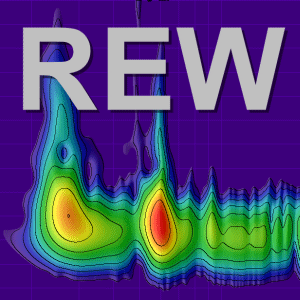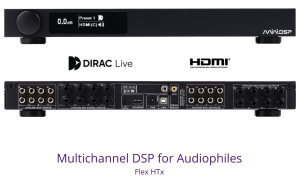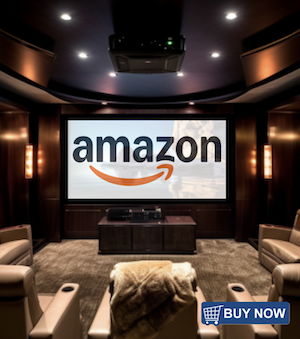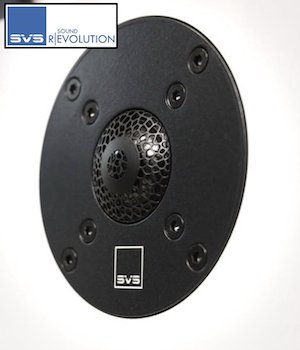reallystate
Registered
Thread Starter
- Joined
- Sep 23, 2025
- Posts
- 27
Hello everyone,
I'm starting to use REW to measure the performance of my headphone amplifiers and I have several questions about the optimal configuration. I've done some reading, but I would appreciate some expert advice to ensure my measurements are accurate. My main questions are:
I'm starting to use REW to measure the performance of my headphone amplifiers and I have several questions about the optimal configuration. I've done some reading, but I would appreciate some expert advice to ensure my measurements are accurate. My main questions are:
- Should I measure at the maximum possible sample rate, or should I limit it to 48 kHz?
- Should I use low-pass and high-pass filters? If so, at what frequency should I set them?
- What FFT value and window type should I choose? Should these values be changed for different types of tests (THD vs level, IMD vs level, etc.)?
- What sweep length value should I choose when measuring the frequency response of a device, since this choice affects the phase measurement result?
- What buffer size should I set in the sound card settings section?
- Should I use the Overlap option?
Thank you in advance for your guidance.














